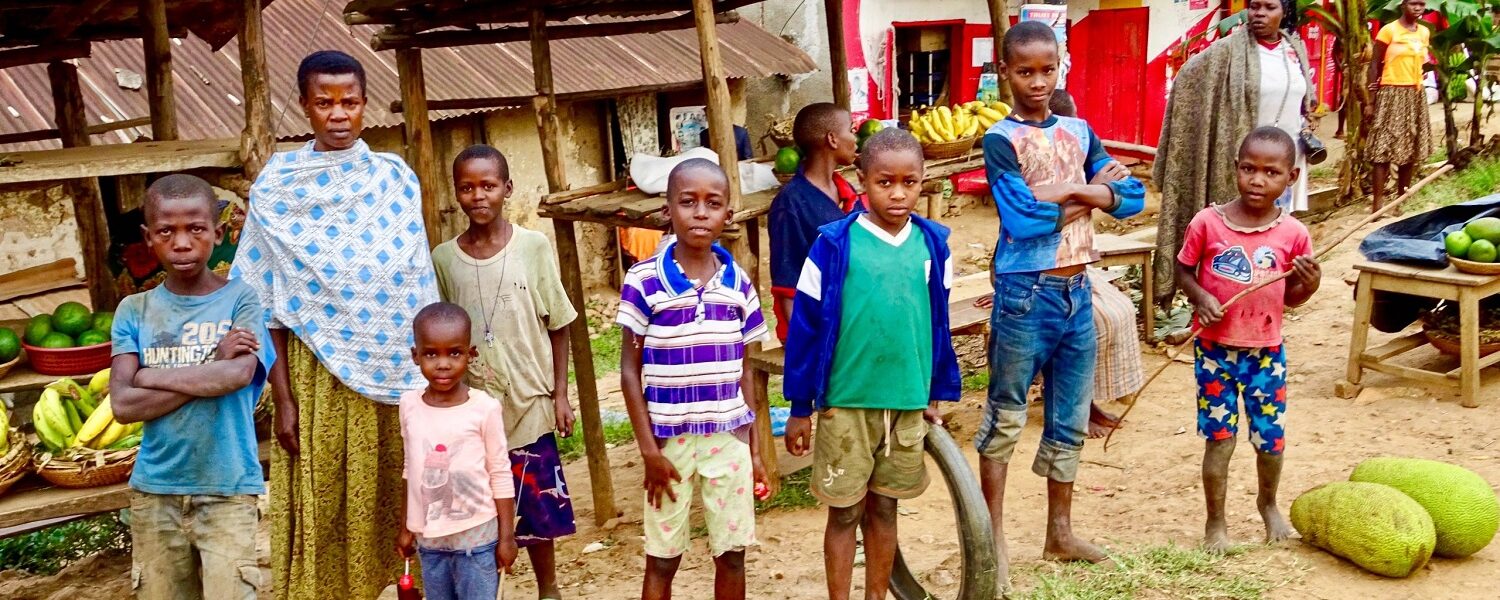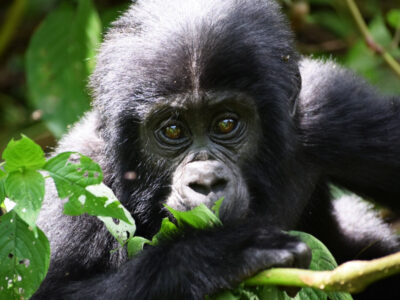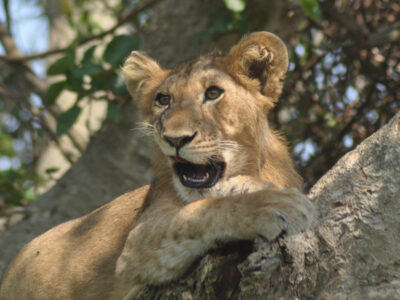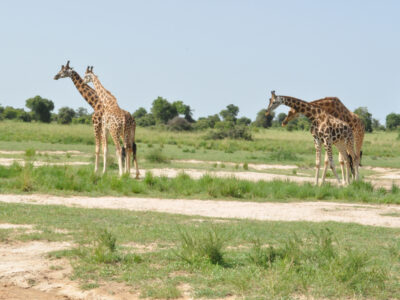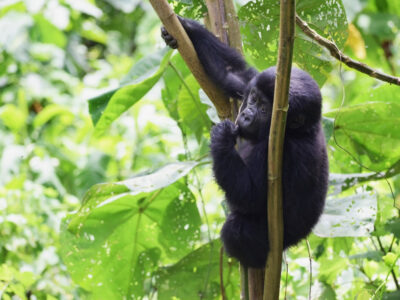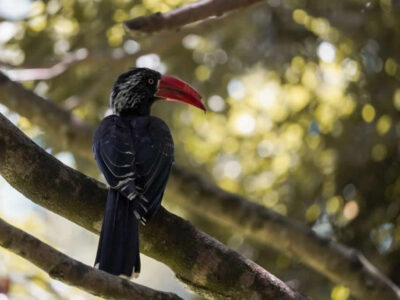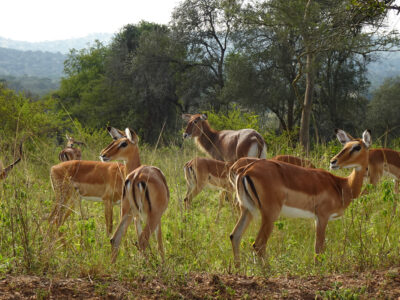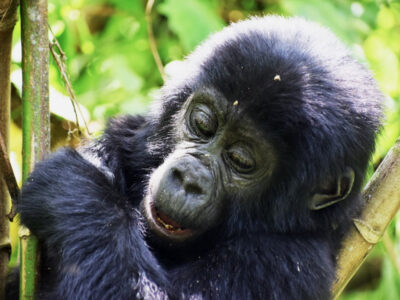The only long-term solution to the ongoing human-wildlife conflict in the region, according to Uganda Wildlife Authority (UWA), is the phase-out of 11 human settlements inside Queen Elizabeth National Park. These communities’ presence has presented tremendous difficulty, leading to the deaths of people, destruction of property, and animal retaliation killings.
UWA officials have suggested that these towns be removed because, despite the park’s status as a man and biosphere reserve recognized by UNESCO, the coexistence of human settlements and animals there has grown increasingly unsustainable.
With a total size of 1,978 sq. km., Queen Elizabeth National Park includes 11 neighborhoods, including fishing communities like Katwe, Hamukungu, Kazinga, Kasenyi I and II, Kashaka, Kayanja, Kahendero, Rweshama, and Katunguru.
The number of people living in these villages has increased over time to an estimated 60,000, increasing the conflict for resources between people and wildlife. The tension has been lessened by a number of strategies, including electric fencing, revenue-sharing plans, and beekeeping projects.
UWA contends that the best course of action is still to relocate these populations permanently. The difficulties caused by human settlements inside the park were discussed by Bashir Hangi, the UWA communication manager.
He pointed out that intimate contact between humans and wildlife not only undermines conservation efforts but also makes it easier for poachers to pose as residents, endangering the park’s species even more.
Hangi stressed the inevitable nature of recurrent conflicts due to the expanding populations and resource needs on both sides, while admitting the efficacy of current initiatives. He emphasized the necessity of relocating these settlements, saying that to fence the entire park would be inefficient and jeopardize its ecological integrity.
“In some areas, humans raise domestic animals and harvest maize for their livelihood, which also draws wildlife for prey. The fencing is intended for the most troublesome regions; we cannot completely enclose the park and transform it into a zoo. But given everything, removing these individuals from the park would be the best course of action, he said.
Steven Nyadru, the Queen Elizabeth National Park’s assistant tourism warden, echoed these thoughts and pointed out how fishing settlements had grown beyond their original intent, intruding on the park’s primary goals.
“The goal was simply to fish and remove fish from the park, but at this point, from fishing villages, we have parishes, some of which have grown into sub-counties, while others have turned into town councils. The communities retaliate because of the rising population and the cows that are being brought in to graze, which turn into prey for the predator in the park, he continued.
The chairman of the Rutooke cell, Andrew Mateera, criticized the concept of displacing the community and cited a long history of cohabitation between locals and wildlife. He emphasized the benefit of current initiatives like revenue-sharing schemes and electric fences, which have strengthened ties and decreased conflict.
“And the revenue collection-sharing has improved the quality of our lives and now slowly people are no longer poaching. With this, I don’t see why one should think of getting out of this place where our great grandfathers are buried,” he explained.
Chris Kaseke, a former poacher who now serves as the president of the Lake Katwe United Bee Keepers’ Association, attested to the transformative potential of programs like beekeeping, which have given locals other means of subsistence and encouraged conservation efforts.
“I was a poacher from the time I was born and raised, but beekeeping has helped me change, given me a living, and I’m not alone; many young people are also changing their ways. For instance, in 2015, there were just 15 of us; today, the association has up to 120 members,” he stated.

